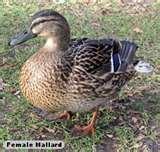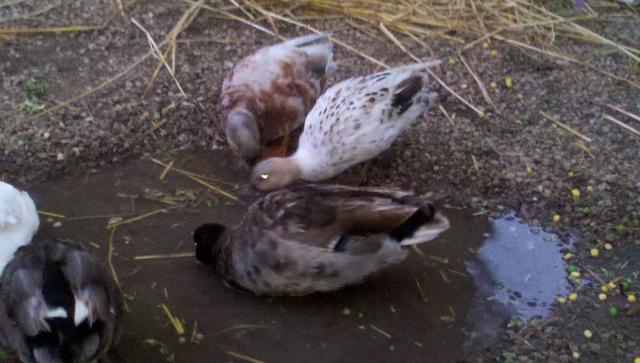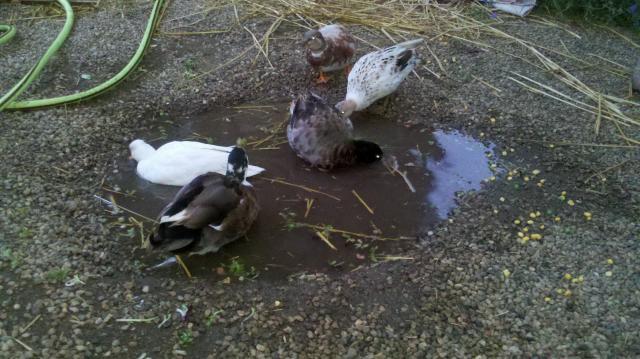I bought two duckling in March. Over the first six weeks and since they both feathered into female feathers. Dark and light brown feathers all along the chest with the blue feathers onthe wing. Obvoiusly female.

Over the last several weeks I've noticed one of my ducks chest feather changing to a light grey. His/her voice has now turned to a quiet squeek like the male Pekins I have. His body is also noticable bigger that the female with the feather still the same. I can't find anything online about the development of a male mallard feathering. Can this be possible? Or do males mallards develope much slower than the females and get their feathering later. Like at three months?

Over the last several weeks I've noticed one of my ducks chest feather changing to a light grey. His/her voice has now turned to a quiet squeek like the male Pekins I have. His body is also noticable bigger that the female with the feather still the same. I can't find anything online about the development of a male mallard feathering. Can this be possible? Or do males mallards develope much slower than the females and get their feathering later. Like at three months?




